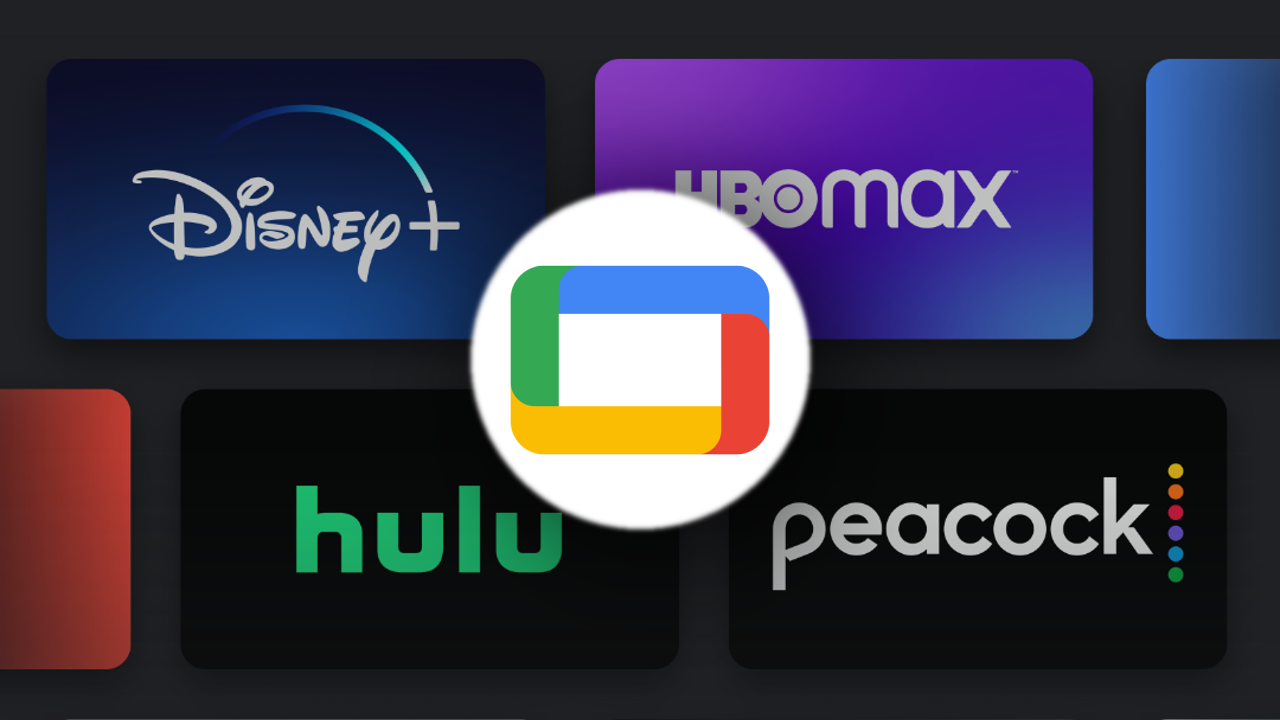Do you have an Android TV at home? If yes then you definitely need to try the new Android TV remote on your phone. If you don’t know Google already had a TV remote app that it delisted recently before introducing the latest Android TV remote.
But before you start to get excited with the idea of a TV app helping you when you can’t find your original remote you need to know that the new app can be regionally locked. To start, you need to have an Android phone running Android 4.3 or later with Google TV app version 4.27.8.93 or later installed.
How to Try the new Android TV remote on your phone?
The best things about the remote are that you can set it to be a quick settings toggle, easily accessed with a swipe and a tap on your phone.
Start by downloading the Google TV App from the store. To avoid any troubles make sure that your Android TV device runs both Android Remote Service v 5.0 or higher and Gboard v 11.0 or higher.
Note that on some Android/Google TV devices, like the Chromecast with Google TV, you’ll also need to enable developer mode in order to sideload apps. As on other versions of Android, just mash build number in Settings -> System -> About, and the option to allow unknown source app installation will be available.
Once all three apps across devices are running the right versions. You should be good to go for the rest of the setup. Your phone needs to be on the same Wi-Fi network that the Android TV or Google TV device is connected with.
Setting up and Testing
Now it’s time to turn on the TV and test your remote. Tap the new floating action button for the remote that you should see, grant the app some location permissions. And finally, you just have to enter a pairing code.
Google offers an optional D-pad, but the default controls offer swipe-based navigation. Just swipe the direction you want your selection to move to, and that direction is provided as input. Just push where you want to go, or you can switch to the stereotypical D-pad.
Below the directional input area, you have a handful of extra buttons. That includes a row for navigation (Back & Home), the Google Assistant, and a row for volume control buttons. Hardware volume keys will also control volume while in the remote UI. So you can quickly and easily change the volume.

